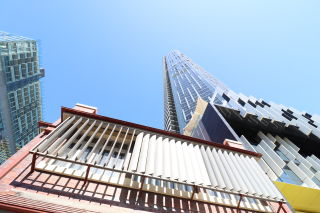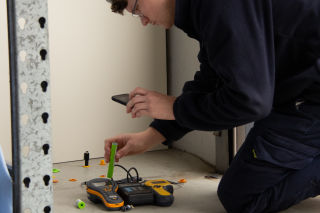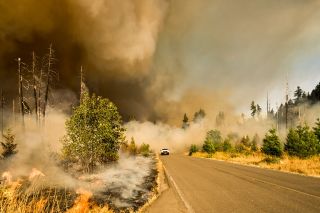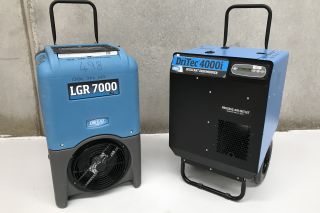Carpet Water Damage? How Water Damage Restoration Works
Whether its a burst pipe, flood, or even a window left open in the rain, water damage can affect us at any time.
So how do you deal with rain water damage? Carpet water damage?
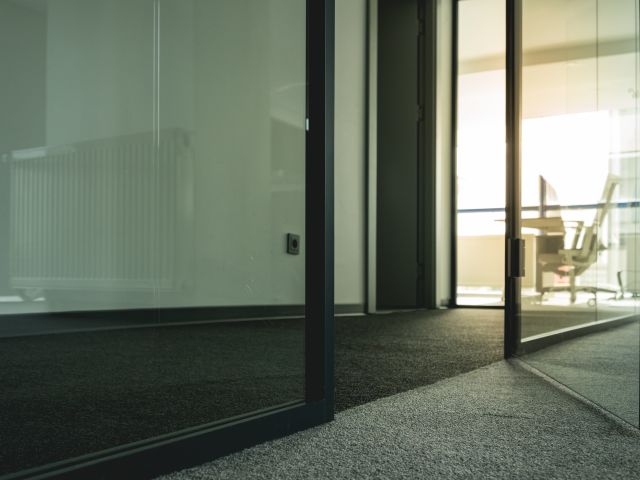
At NLR we have years of experience performing restoration works.
We even started as carpet cleaners, so we think we know a couple of things about water damage.
This article gives some insight into how the restoration process works, as well as some useful tips, and some peace of mind to you knowing you have the knowledge to deal with your next water damage incident.
#Preventative Measures
The best solution is always to catch a possible issue before it becomes a problem. Being aware of the most common causes of water damage allows you to anticipate and identify them. Periodically checking possible causes origins of a flood or leak is also recommended. Examples include:
Emergency water systems
Old, rusted or frequently adjusted pipes etc.
Blocked pipes, gutters or drainage
Roof or window linings or fittings
Noticeable water spots
It is also wise to identify if your premises is located in a low-lying or flood-prone area, even taking into account the proximity to bodies of water, or dams and water treatment plants. Weather-based factors could also include seasonal storms, humidity and ground integrity, all of which might influence even the initial design and construction in the first place.
What About Immediate Response?
Before we detail the restorative methodology, you may find yourself in a situation where damage is impending, and fast action is necessary. Taking into account all we’ve discussed so far, use your best judgement to act, and remember even a seemingly minor event can be dangerous to you, and other persons using the premises. Follow the building’s emergency evacuation procedures if necessary, and avoid any risks, because of course, buildings and contents can be restored or replaced.
Events such as leaks develop in severity over time, and simply soaking in a towel, or catching liquid in a bucket can temporarily control them. Events such as a burst pipe or flooding are often more of a surprise, and as follows are some suggestions:
Raising sensitive furniture and equipment off the ground (i.e. makeshift blocks or platforms) and disconnecting electrics safely may save them.
Moving objects away from the source or into another space is also effective.
If possible, keep windows and doors open, and maintain good ventilation and airflow.
Sweep excess water to a lower or less important location to allow carpets to begin drying.
Waterproof wherever possible. This could mean putting objects in large garbage bags or airtight containers.
Materials that are particularly susceptible to damage are generally porous or soft like papers, fabrics, MDF, softwoods and plaster/drywall. Prioritise the protection of items made from these.
#Assessing the Damage
It is recommended to hire a professional when dealing with complex and multifaceted damages such as flooding, leaks and more. Not only do the materials involved and layout of the premises matter greatly, but also the source of the damage. Contaminants within the liquid such as oils, soap, natural matter and harmful chemicals affect the process, and the extent of further damage that can occur. In most cases, clean or natural waters such as rain or condensation are the easiest to deal with.
In the same way, time is highly important to saving the premises and contents. The longer the water is allowed to sit, drip and soak into surfaces, the more can go wrong. Porous surfaces can hold high amounts of water weight, which when combined with the weakened integrity of a structure, can result in collapses. Further still, a water inundated building will quickly rise in humidity and create an unfortunate utopia for mould and bacteria, especially in carpets and the like.
Risks even extend to safety hazards like dangerous wiring and more. So, having powerful tools and a tested, rigorous procedure are the way to go to save your assets.
#Tools and tricks of the trade
Our restoration technicians begin by metering the moisture spread within affected areas of the premises. This identifies the problematic areas, as well as the approximate volume of liquid absorbed into the materials. They will inspect how many layers in the floor or walls that water may have penetrated, and specifically mark out each affected area according to its category of damage.
It is important to remove loose or damaged objects, either for their own drying process, or to be disposed of if deemed unrecoverable. Some especially porous or cheap materials will warp, break or swell due to water exposure and will never return to their normal state. Old, worn carpets or drywall for example may be pulled out completely.
Extractors and vacuum tools are used to clear out as much water as possible, which is invaluable for deeply saturated areas where water is pooling or completely flooded. For the remaining fraction of stubborn water, NLR has access to industrial-grade dehumidifying machines like this one. These are designed to create airflow within a space and promote rapid evaporation. There are different sizes of machines according to the scale of the job, and work excellently when paired with fan-based air movers that maintain a circulation of dry air. NLR also provides cleaning for carpet and upholstery that can be saved, as well as reinstatement of such assets. It is the goal of restoration technicians to leave the premises as close to its state before the event as possible
The amount of tools or devices needed in a given situation varies greatly. A flooded school hall for example is a much different job to a faulty pipe in a multi-story building with small rooms. Where industrial equipment is concerned too, risks are present. A dehumidifier too big or set too high for its job can overdry a building and cause completely different problems. Accordingly, water damage is an issue with very little room for negligence. Experienced technicians, or at least the proper equipment are necessary for the best chance at alleviating what is a frustrating time for any victim of water damage.
We hope that our advice could be helpful to you. There is tonnes of related information on our site for you to browse through. And if there's something more urgent we can help with, we’re available to call 24/7 at 1300 356 633 or you can request a quote right on our website menu.
Interested in buying or hiring dehumidifiers? Visit Agile Equipment:See Range
#References
Zurich Insurance Group, & Arrowhead General Insurance Agency Inc. (2019, March 12). Water damage claims: How to mitigate your risks - %. Arrowhead General Insurance Agency, Inc. - Program for Sovereign Indian Nations. https://arrowheadtribal.com/how-to-prevent-water-damage-claims/
Aer Industries. (2016, December 7). Water Damage Restoration: A Step-By-Step Guide. Aer Industries. https://aerindustries.com/blog/2016/12/07/water-damage-restoration-guide/
